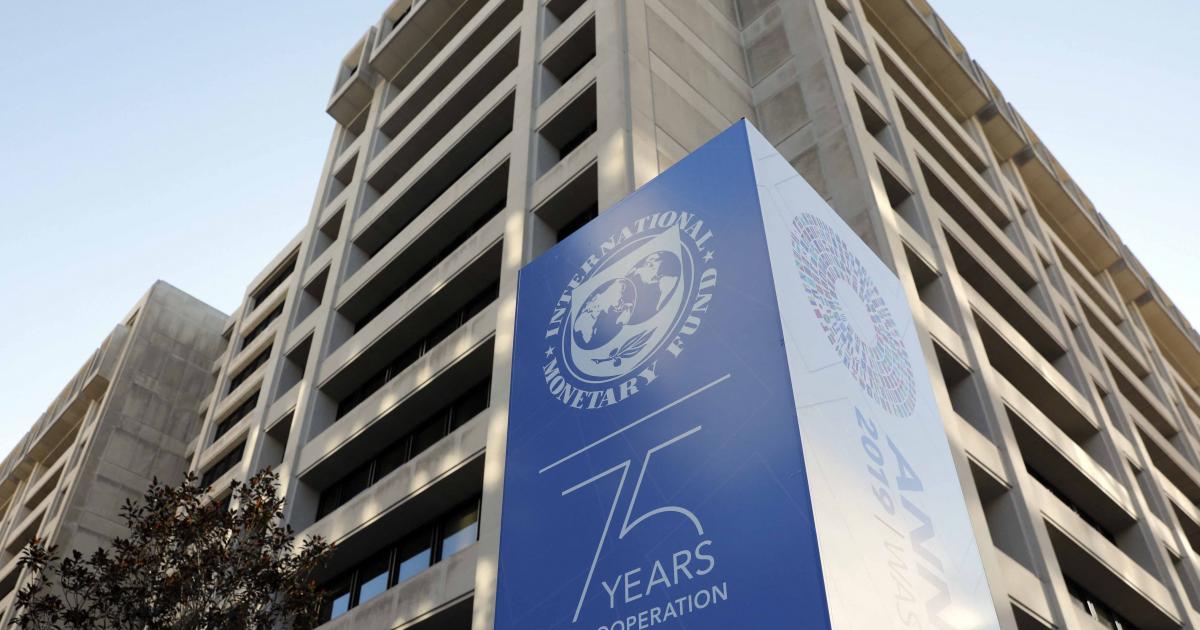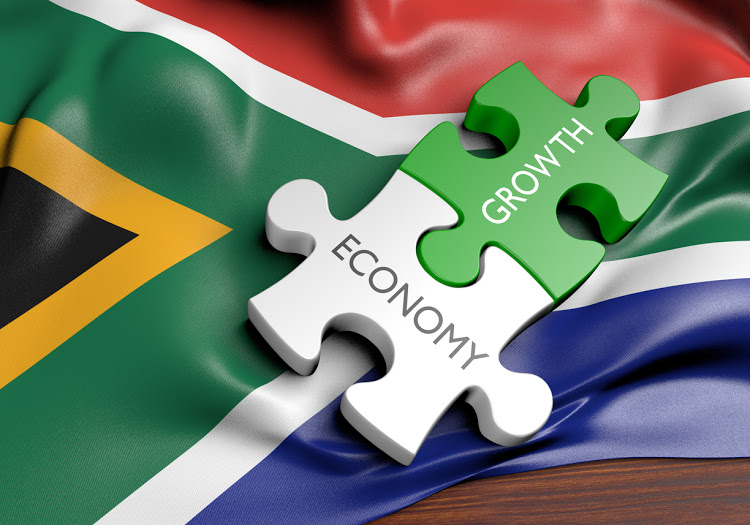- Indigenous Firms’ Oil Output Drops by 43%
Indigenous oil companies have been worse hit than their foreign counterparts in recent times as they posted steep decline in production last year, according to an analysis of data obtained by our correspondent.
Total oil production from the local firms fell to 46.01 million barrels last year from 80.17 million barrels in 2015, bringing their share of national production down to 6.4 per cent from 10.3 per cent.
Industry experts attribute the drop in output to the disruptions caused by militant attacks in the Niger Delta and the inability of some of the companies to access funds to develop their assets.
Independent and marginal fields companies saw their output drop to 28.99 million barrels last year from 44.06 million barrels in 2015, as monthly average production fell from 3.7 million barrels to 2.4 million barrels.
Production by the Nigerian Petroleum Development Company, a subsidiary of the Nigerian National Petroleum Corporation in charge of exploration and production, declined by 52.9 per cent last year to 17.02 million barrels.
The company’s contribution to national production stood at 2.53 per cent last year, down from 4.65 per cent in 2015, data from the corporation showed.
“The NPDC production continued to be hampered by the incessant pipeline vandalism in the Niger Delta. The NPDC is projected to ramp-up production level to 250,000 barrels per day after the completion of the ongoing NPDC re-kitting project and repairs of vandalised facilities,” the NNPC said.
International oil companies saw output from Production Sharing Contracts increased to 325.34 million barrels last year from 323.14 million barrels in 2015, according to the NNPC data.
Prior to the shutdown of the Forcados terminal in February 2016 after the Trans Forcados Pipeline was attacked by militants, the indigenous firms had been hard hit by the persistent low oil prices as their revenues tumbled.
The Forcados shutdown, which lasted for more than a year, piled more pressure on the firms as it impaired their ability to earn revenue.
For instance, Neconde Energy Limited had to resort to the use of barges to export its crude oil after six months of no production, and was only able to produce about 15,000bpd, down from about 52,000 bpd previously.
Seplat Petroleum Development Company Plc said the shut-in and declaration of force majeure at the Forcados terminal by the operator, Shell, saw its average daily production fall from 52,000 barrels of oil equivalent per day as of mid-February 2016 to 25,877 boepd by year end.
The force majeure, a legal declaration that means the operator cannot fulfil a contract due to circumstances outside its control, was only lifted on Tuesday.
According to the NNPC, at Forcados terminal alone, about 300,000 bpd of oil were shut-in following the declaration of the force majeure.
The Vice-President/Head of Energy Research, Ecobank, Mr. Dolapo Oni, described Forcados as a big part of the production of a number of indigenous companies, adding that some of the marginal fields and independent operators bought Shell’s blocks that produced into the terminal.

 Forex3 weeks ago
Forex3 weeks ago
 Naira2 weeks ago
Naira2 weeks ago
 Billionaire Watch2 weeks ago
Billionaire Watch2 weeks ago



 Naira3 weeks ago
Naira3 weeks ago






 Naira2 weeks ago
Naira2 weeks ago




 Naira1 week ago
Naira1 week ago




 Naira4 weeks ago
Naira4 weeks ago






 Naira1 week ago
Naira1 week ago
























